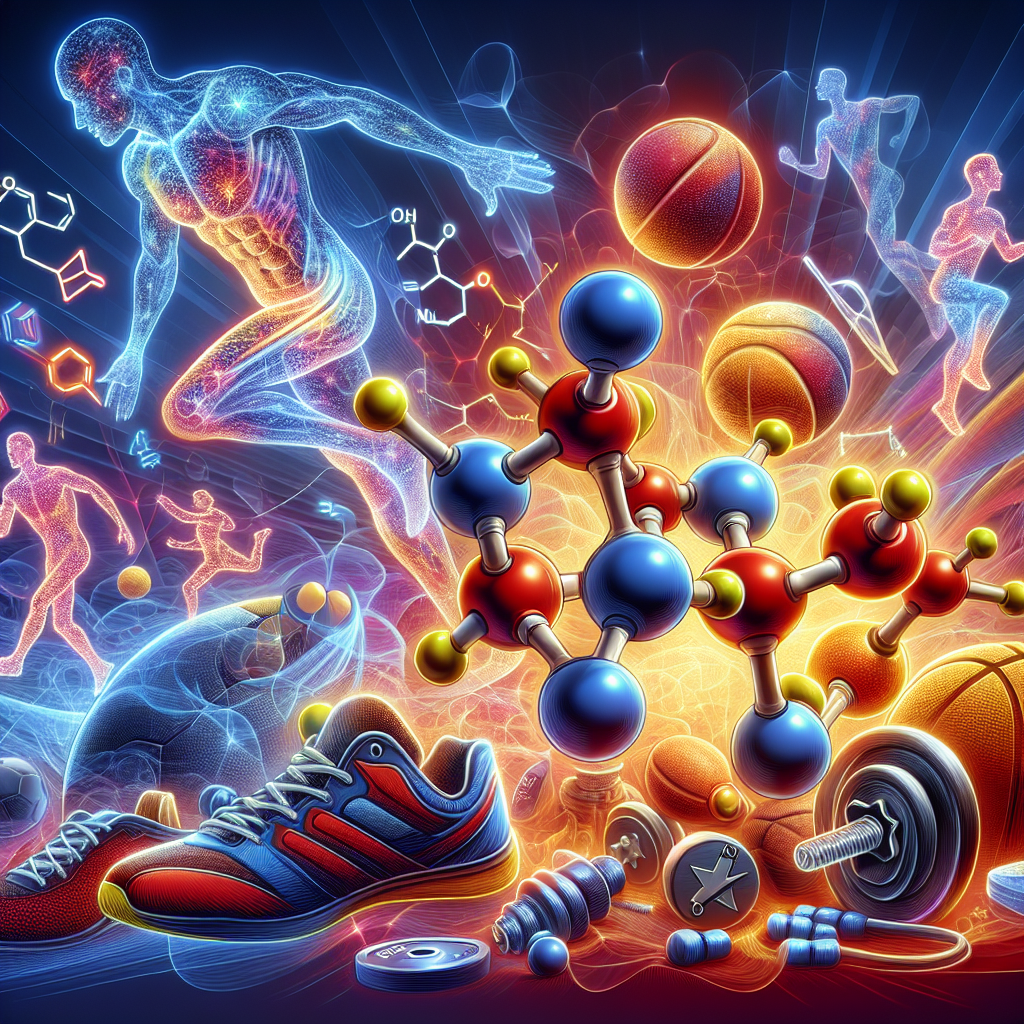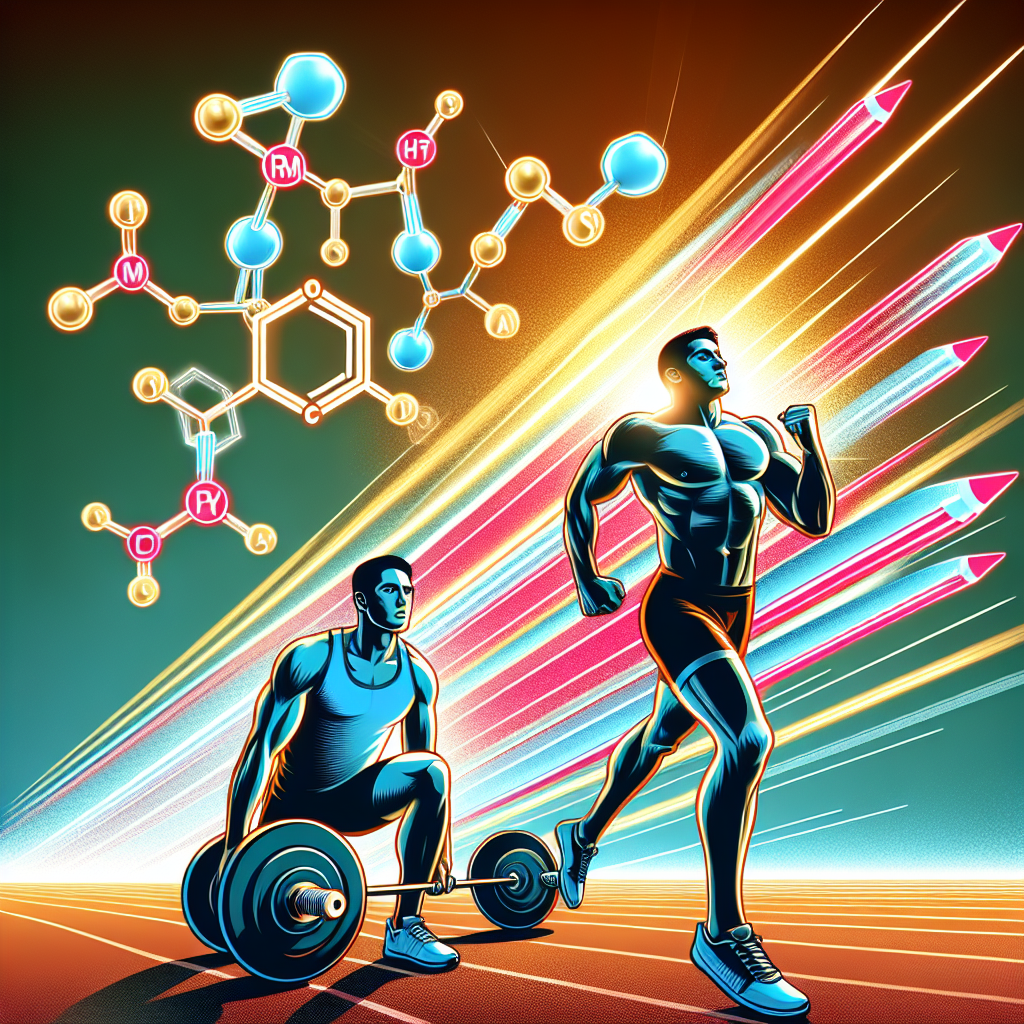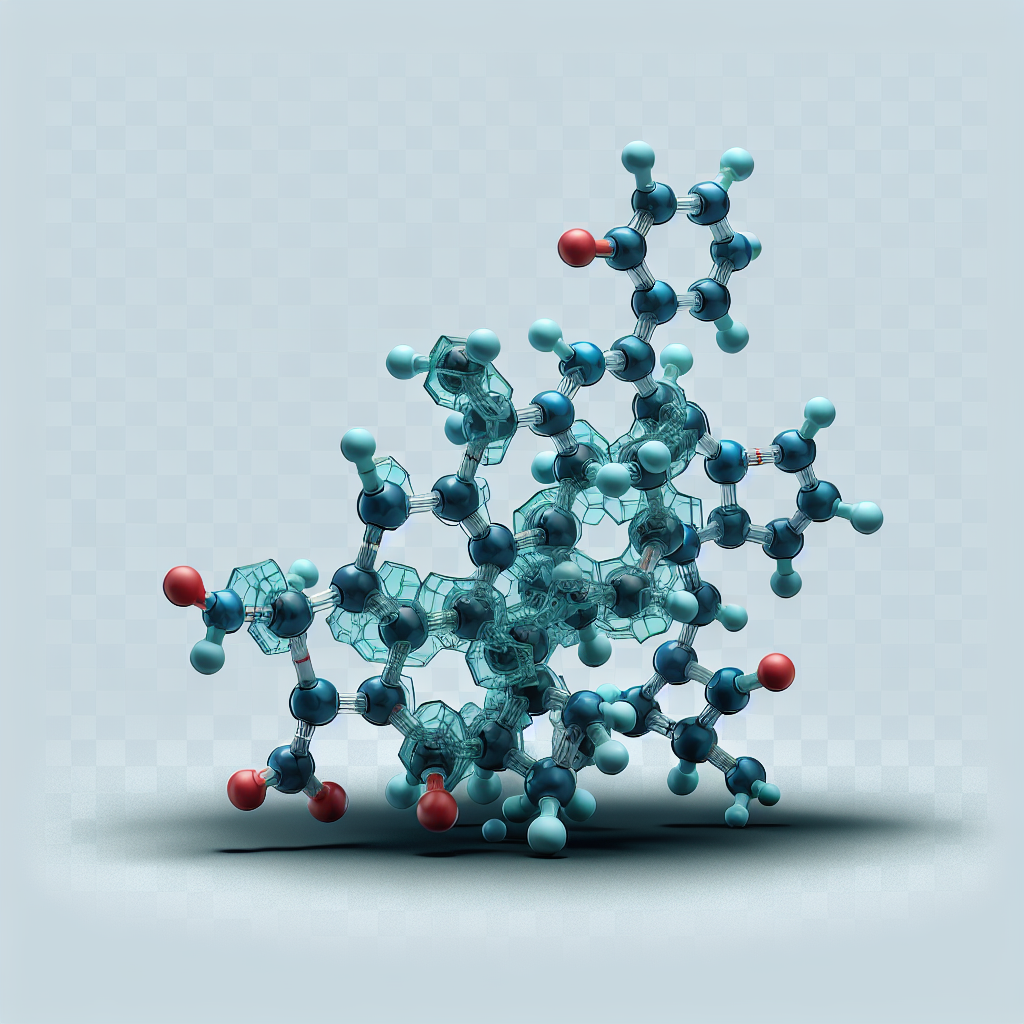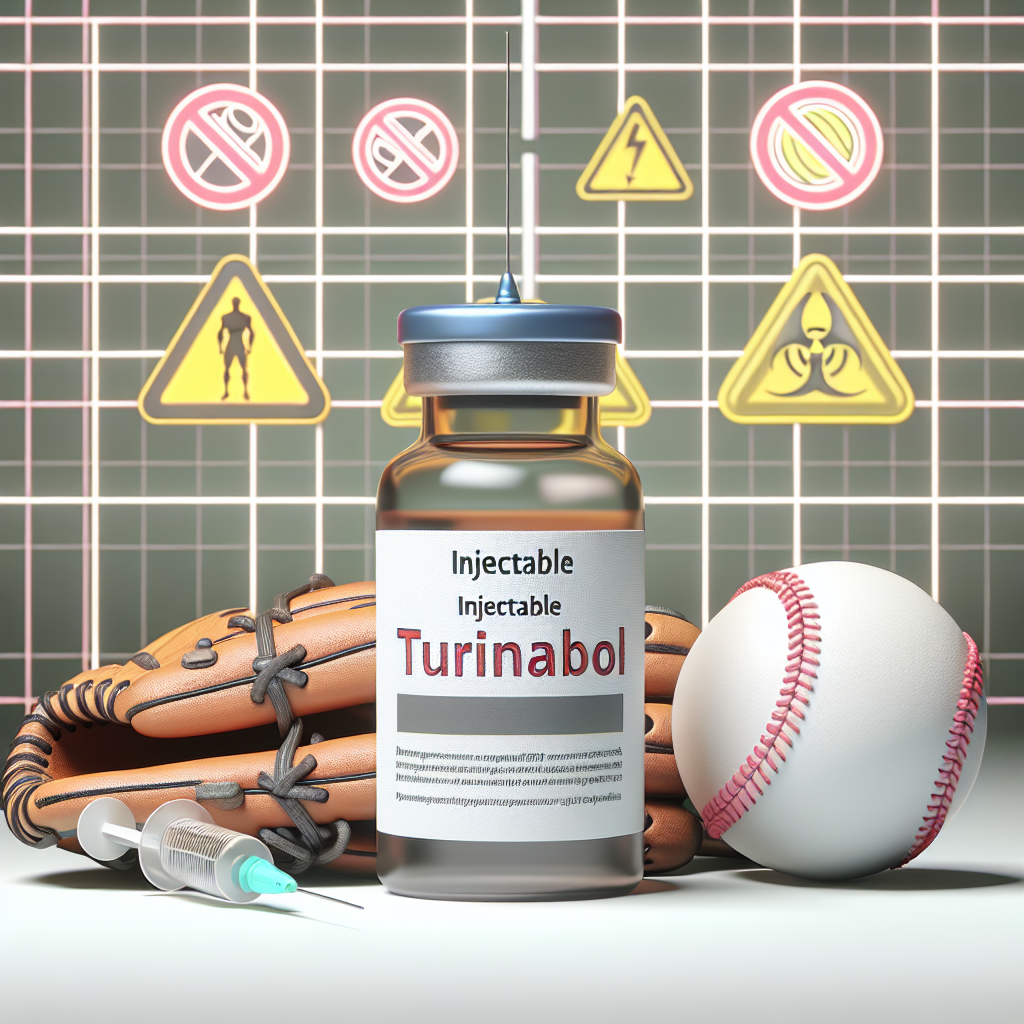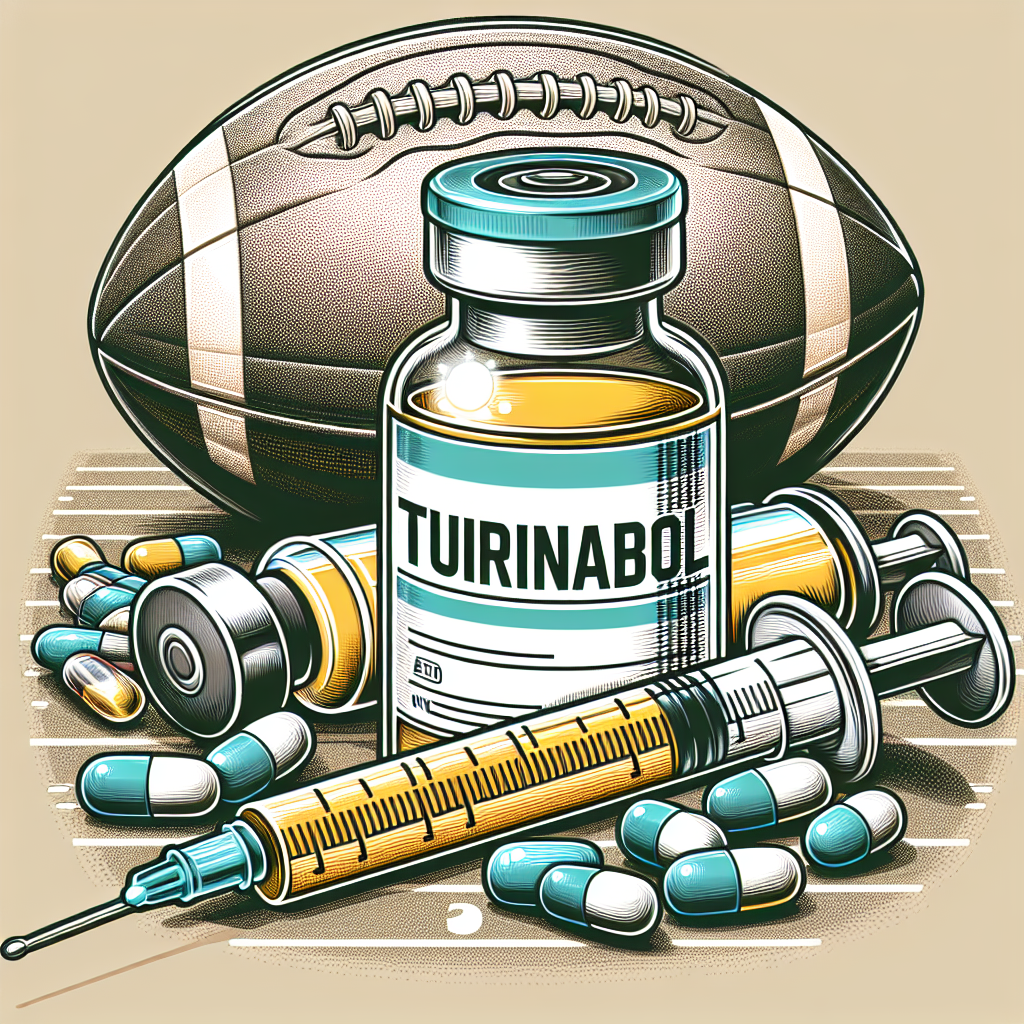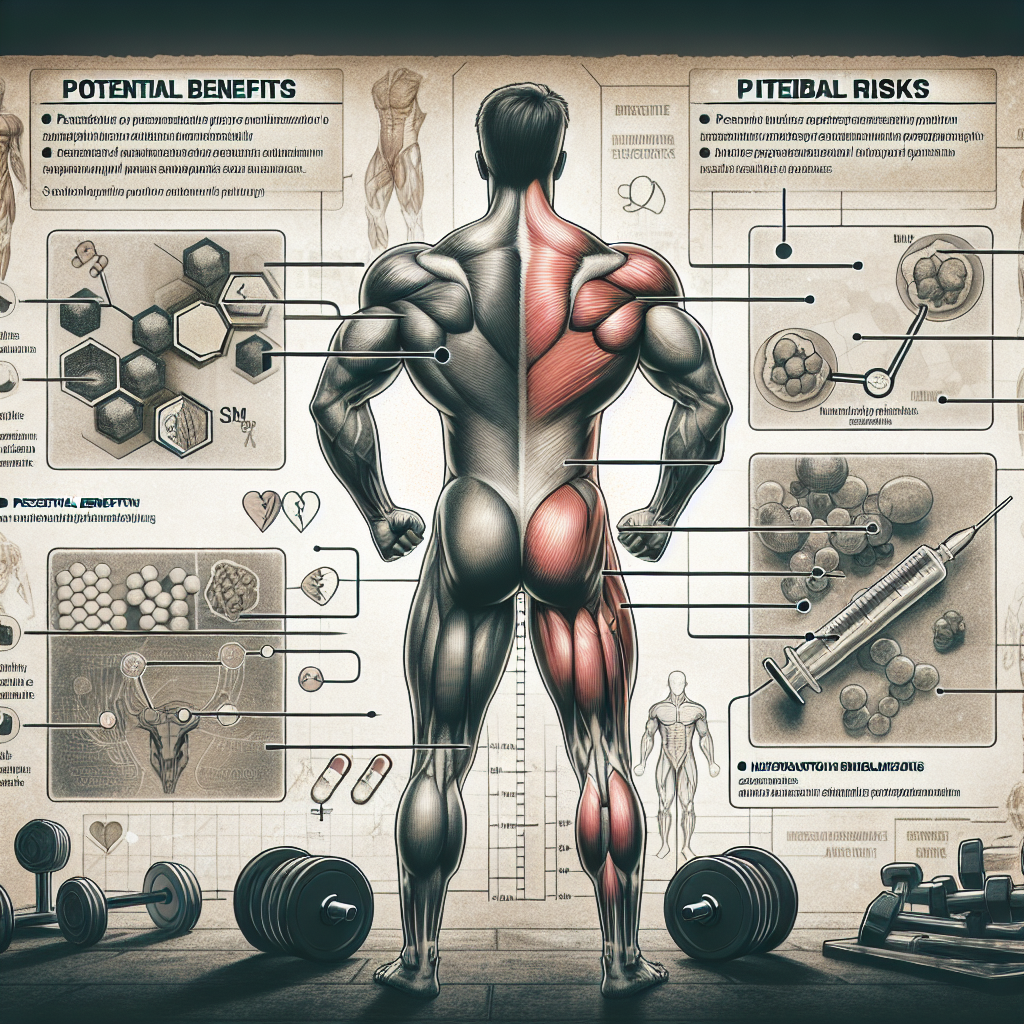-
Table of Contents
Side Effects of Drostanolone in Athletes
Drostanolone, also known as Masteron, is a synthetic anabolic-androgenic steroid (AAS) that has gained popularity among athletes and bodybuilders for its ability to enhance muscle mass and strength. However, like any other performance-enhancing drug, drostanolone comes with potential side effects that athletes should be aware of before using it. In this article, we will discuss the side effects of drostanolone in athletes and provide evidence-based information to help athletes make informed decisions about its use.
Pharmacokinetics and Pharmacodynamics of Drostanolone
Drostanolone is a modified form of dihydrotestosterone (DHT), a naturally occurring hormone in the body. It has a high affinity for the androgen receptor, which allows it to exert its anabolic effects on muscle tissue. Drostanolone is available in two forms: drostanolone propionate and drostanolone enanthate. The propionate form has a shorter half-life of 2-3 days, while the enanthate form has a longer half-life of 5-7 days (Bhasin et al. 1996). Both forms are administered via intramuscular injection and are metabolized in the liver.
Once in the body, drostanolone binds to androgen receptors in muscle tissue, promoting protein synthesis and increasing muscle mass and strength. It also has anti-estrogenic properties, which can help prevent estrogen-related side effects such as water retention and gynecomastia (breast tissue growth) (Kicman 2008). However, drostanolone can also suppress the body’s natural production of testosterone, leading to potential side effects.
Side Effects of Drostanolone
Like other AAS, drostanolone can cause a range of side effects, both short-term and long-term. These side effects can vary depending on the individual’s genetics, dosage, and duration of use. Some of the common side effects of drostanolone in athletes include:
- Acne: Drostanolone can stimulate the sebaceous glands, leading to an increase in oil production and clogged pores, resulting in acne.
- Hair loss: As a DHT derivative, drostanolone can accelerate hair loss in individuals who are genetically predisposed to male pattern baldness.
- Increased aggression: AAS, including drostanolone, can cause mood swings and increased aggression, also known as “roid rage.”
- Cardiovascular effects: AAS can increase blood pressure and cholesterol levels, increasing the risk of heart disease and stroke.
- Suppression of natural testosterone production: As mentioned earlier, drostanolone can suppress the body’s natural production of testosterone, leading to potential side effects such as testicular atrophy, decreased libido, and infertility.
In addition to these side effects, there is also evidence that drostanolone can have adverse effects on the liver, kidneys, and prostate (Kicman 2008). However, more research is needed to fully understand the long-term effects of drostanolone on these organs.
Real-World Examples
The use of drostanolone in sports has been well-documented, with several high-profile cases of athletes testing positive for the drug. In 2016, Russian tennis player Maria Sharapova tested positive for drostanolone and was subsequently banned from professional tennis for 15 months (BBC Sport 2016). In 2019, American sprinter Christian Coleman also tested positive for drostanolone and was suspended from competition for two years (BBC Sport 2020). These cases highlight the prevalence of drostanolone use in sports and the potential consequences for athletes who choose to use it.
Expert Opinion
According to Dr. Harrison Pope, a leading expert in the field of sports pharmacology, the use of drostanolone in athletes is concerning due to its potential side effects and lack of long-term safety data (Pope et al. 2014). He also notes that the use of AAS in sports can lead to a range of physical and psychological health problems, including addiction and dependence.
Dr. Pope emphasizes the importance of educating athletes about the potential risks of using drostanolone and other AAS. He also advocates for stricter testing and penalties for athletes who use these drugs, as well as increased support for those struggling with AAS addiction.
Conclusion
In conclusion, drostanolone is a powerful AAS that can enhance muscle mass and strength in athletes. However, it also comes with potential side effects that athletes should be aware of before using it. These side effects can range from acne and hair loss to more serious health concerns such as cardiovascular effects and suppression of natural testosterone production. As with any performance-enhancing drug, the use of drostanolone in sports is a controversial and complex issue that requires further research and education to ensure the safety and well-being of athletes.
References
BBC Sport. (2016). Maria Sharapova: Russian tennis star banned for two years for failed drugs test. Retrieved from https://www.bbc.com/sport/tennis/36574285
BBC Sport. (2020). Christian Coleman: World 100m champion banned for two years. Retrieved from https://www.bbc.com/sport/athletics/54084444
Bhasin, S., Storer, T. W., Berman, N., Callegari, C., Clevenger, B., Phillips, J., … & Casaburi, R. (1996). The effects of supraphysiologic doses of testosterone on muscle size and strength in normal men. New England Journal of Medicine, 335(1), 1-7.
Kicman, A. T. (2008). Pharmacology of anabolic steroids. British Journal of Pharmacology, 154(3), 502-521.
Pope Jr, H. G., Kanayama, G., & Hudson, J. I. (2014). Risk factors for illicit anabolic-androgenic steroid use in male weightlifters: a cross-sectional cohort study. Biological Psychiatry, 75(6), 511-518.

